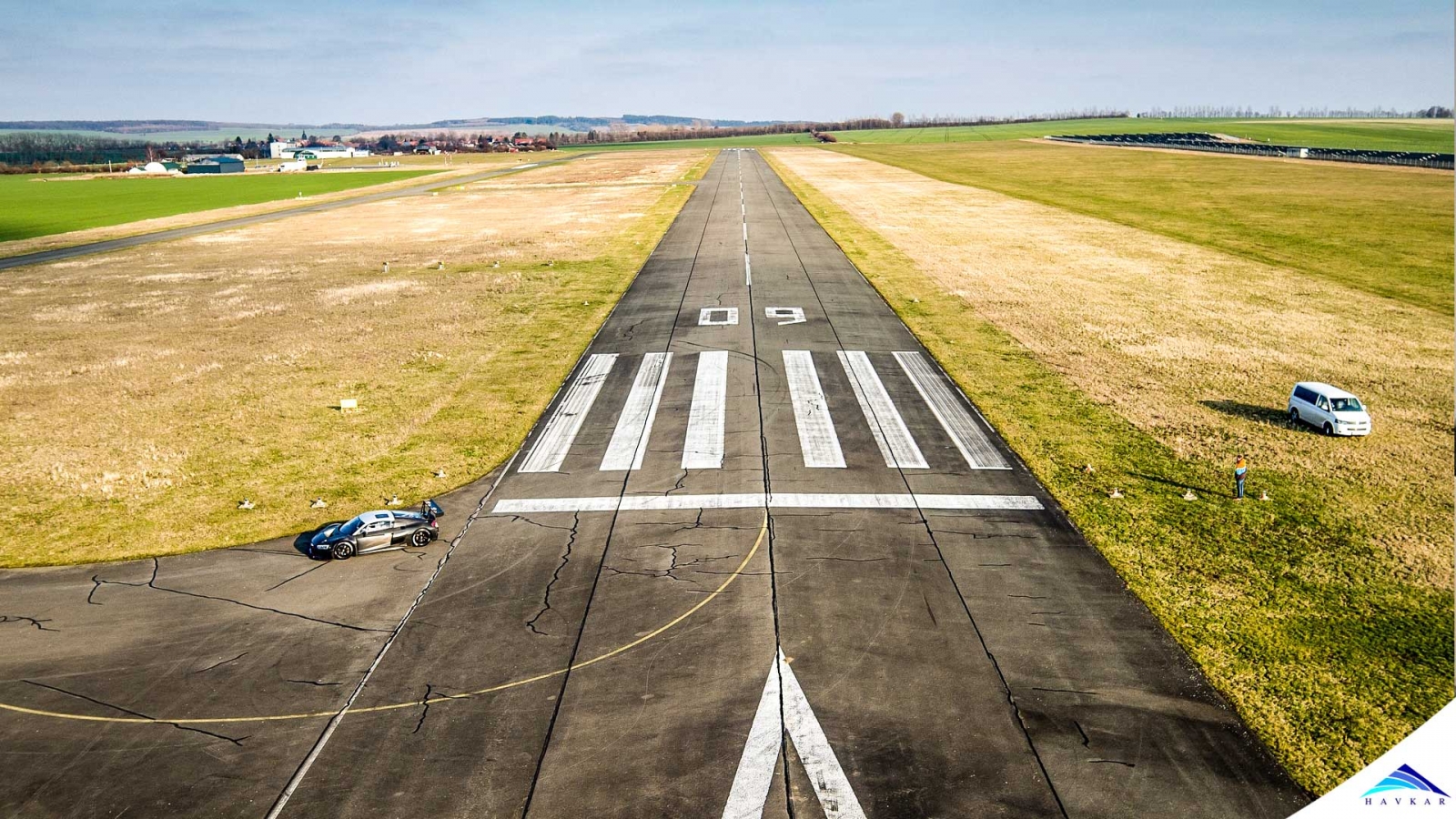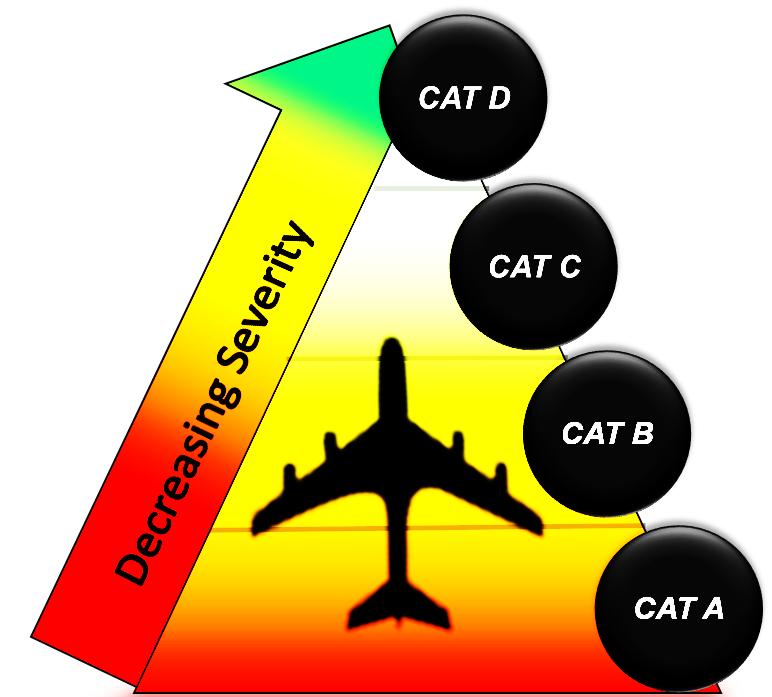
On the other end, KLM flight 4805 lines up and starts to roll without takeoff clearance being granted. Pilots of both jumbo jets fail to see each other. As soon as the KLM captain looks at the lights of reciprocal traffic, he pulls back on the yoke, in an endeavour to take off early but unfortunately fails to salvage the situation. A ball of fire with flames many meters high erupted and at least 560 precious lives were lost in a blink of an eye due to this catastrophic event. Later on, it was said to be the crash of century and the most tragic event in the history of aviation world.

Crash of the Century
What Went Wrong?
Enormity of incident, ethical and professional concerns obligated masses to dig deeper and investigate the reasons responsible for the said accident. What on earth caused the experienced crew in both cockpits to commit such a grave mistake? How long will we keep on losing precious human lives? Of course, there were many contributory factors which led to this havoc.
However, one thing was absolutely sure, right from the onset of investigation process that there were two aircrafts present on the runway at locations where these were not supposed to be at that particular time. One cannot find an example of a Runway Incursion, better than this one.
Textbooks define the said phenomenon as “any incidence at an airport involving the unintended/ unwanted presence of an aircraft, vehicle or person in the area or a surface intended for landing and takeoff of aircraft”.
Basic Terminologies;
Efficient investigation, standardization and better understanding of subject necessitate clarification of certain terminologies which may come handy while deciphering enigma of Runway Incursions.
(a) Pilot Deviation: An action or inaction of a Captain/ Co-pilot of an aircraft which results into a non-conformity or violation of any regulation, is termed as Pilot Deviation. If the act of non-compliance/ violation is unintentional in nature, it is a Pilot Error but if deliberately chosen to disregard any procedural regulation, it will be recognized as a Violation. So, pilot deviation encompasses both error and violation.
(b) Operational Error: An action or inaction by an Air Traffic Control Officer (ATCO) that results in a hazardous situation, is termed as an Operational Error. Like, if an ATCO is unaware of speed of aircraft flying in his area of responsibility, he might not be able to maintain a safety distance between traffic resulting into a potential hazardous or unpleasant situation.
(c) Vehicle/ Pedestrian Deviation: An entry or movement of a vehicle or pedestrian in a runway area that has not been authorized by ATC, is known as vehicle/ pedestrian deviation. Chances of this type of deviation are quite healthy everywhere in the world due to obvious reasons of limited or no knowledge of common drivers and pedestrians regarding aviation safety.
(d) Surface Incident: An unauthorized or unapproved movement by anyone within the area of an operating runway endangering the flight safety is categorized as Surface Incident. In addition to this, any occurrence though not related to aircraft but still risking the safety of flight shall also be categorized as Surface Incident. Often the outcome of pilot deviation, operational error, vehicle/ pedestrian deviation can result into a Surface Incident

Contributing Factors of a Surface Incident.
(e) Hotspot: A specific location on any airport where an increased risk of collision and runway incursion exists, is said to be a Hot Spot. An extreme attention from pilots and towing drivers is required to avoid any untoward incident from happening due to this factor. It can be due to a poor airport design, inadequate lighting arrangement or non-standard signage. A Hot spot is represented by encircling such a location and then designating it with HS-I on airport diagrams.

Layout of a Runway
Incursion Categories;
Depending upon the magnitude of risk associated and the urgency level of the reaction required from the flight crew, Runway Incursions are divided into four basic categories.
(1) Category A: Decreased separation forces operators to take an extreme action immediately, to avoid a collision narrowly.For example, You are cleared to land on a certain runway in poor visibility conditions. Just upon reaching short finals, it is revealed that an aircraft is also lined up on the very same runway. Instantaneously, you open/ avail max power to have a go around. Bravo! You just safely handled a Runway Incursion of category A.
(2) Category B: Separation decreases and there exists a significant potential for collision but the magnitude of damage is expected to be lesser than that of a Category A incursion. As time is quite short, a prompt evasive action is mandatory for maintaining the safety of an operation.
(3) Category C: Separation between participants decreases but there is a sufficient amount of time available to avoid a potential collision or hazard. Corrective action may be required to be on a safer side.
(4) Category D: Chances of a collision are very remote but incident often fulfils the definition of a Runway Incursion. Evasive action is not required as such from anybody.

Severity of various categories of Runway Incursions.
Number Of Aircraft Versus Runway Incursion;
Studies suggest that a minor increase in traffic congestion exponentially increases the potential for Runway Incursions. Along the way as technology improved, pilots, controllers and vehicle operators honed their professional skills intensely but Runway Incursions are still being experienced. Continuous nature of this problem suggests that we will have to harp upon the root causes and long term mitigation strategies to curtail the probability of this potential disaster.
Root Causes And Guidelines For Operators;
The weakest link in any chain of action is human being himself. This is the actual reason that in spite of all technological advancements, cases of Runway Incursion are still being faced around the globe. Due to diverse nature and unpredictability of human mind, accidents happen but we as operators must devise strategies to prevent these and develop systems for intelligent risk mitigation. Let’s skim through basic causes of runway incursions.
(a) Communication Failure: Communication is transfer of meaningful information from sender to receiver through a medium. There are several types of communication such as :
A closer look of real life reveals that a larger proportion of our communication is of non-verbal type. However, most of the communication happens without non-verbal cues in Aviation world. Missing such an integral part makes perfect recipe for communication breakdown.

Communication Types/ Categories proportion in normal life.
(b) Improper Signage: Inadequate or non-standard runway signage is determined as main cause of many Runway Incursions. Signboards must essentially be placed at standard points where visibility conditions are poor. Periodic inspection of runway and taxiway markings is also mandatory as these markings tend to fade away with the passage of time.
(c) Weather Conditions: Visibility from cockpit can get reduced due to adverse weather conditions which can further lead to a Runway Incursion. Bad weather such as haze, fog, smog and dust not only cause poor visibility but are also responsible for unnecessary delays of Aviation Operations.
(d) Guidelines For Pilots: Pilots are supposed to be the last defense against any safety hazards. If every other defensive measure fails but consequences of an accident still can either be avoided or mitigated, only if pilot remains composed and sticks to the procedure taught to him. Certain important guidelines for pilots are as under:
Guidelines for ATCOs;
Importance of ATCO in any aviation system can hardly be over emphasized. Just a slight mistake on part of an ATCO can cause a serious havoc. Few of the guidelines for ATCOs are as under :
Conclusion;
Runway Incursions and all other kinds of accidents can be prevented by introducing a safety culture in our working environments. Moreover, it is imperative and logical to indoctrinate safety measures at all tiers of an Aviation organization as safety is everyone’s job and it must be an inherent characteristic of any Aviation related operation. Technology coupled with authentic programmed measures in a system vis-à-vis checking and counter checking mechanism can reduce the probability of Runway Incursions to a minimum level thus causing least damage to human lives and costly equipment. Safety costs and unsafety costs much more than that.
